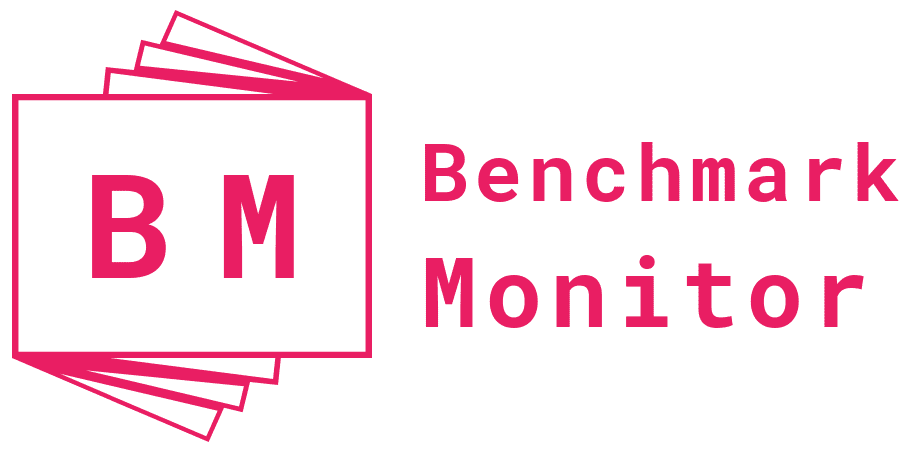Email marketing is one of the pillars of digital marketing. It can help businesses convey their messaging, generate leads, and nurture customer relationships. But all of these benefits are available to businesses that campaign around-the-clock. Keep reading to find you need to focus on while choosing email automation software for your store.
However, when your email contacts run into the thousands, it’s hard to maintain consistency and quality unless you automate campaigns. Email automation tools put your campaigns on auto-pilot so that your messages are scheduled, sent, and tracked with no extra effort from your side.
Is there a catch?
Yes, there is.
It’s challenging to evaluate tools when all of them boast comparable features and prices. Plus, not all of them have free trial periods during which you can assess them. For online stores that work on razor-thin margins, a wrong investment decision can cost plenty of dollars, not to mention leads and customers.
That’s why you need to be armed with a tool-selection checklist BEFORE you invest in a tool.
Let’s learn more about it.
A Checklist to Help You Select Email Automation Software for Your Software
Table of Contents
When we talk about email automation software for ecommerce brands, there are certain features that are non-negotiable. Without them, your tool will not be able to produce the desired results. Let’s take a look at them.
1. Tracking
As seasoned marketers, you know there’s more to email marketing than sending timely messages. Tracking email open and click rates is one of the most important steps of email marketing.
Select an automation tool with solid tracking and reporting features. It should generate detailed reports about email delivery status, open times, and user actions. The reports should be visual and easy to digest so that even non-technical teams can understand them.
By monitoring your sent emails, your tool will gather deep insights about your contacts’ interests, active times, and content preferences. Using these insights, you can fine-tune your targeting and content, which, in turn, improves your campaign ROI.
2. Integration
Online stores have to build many types of email workflows, such as to welcome new subscribers/customers and retarget inactive customers. To trigger these workflows, your automation tool needs to access customer histories housed in your CRM systems.
So, look for a tool that can be integrated with your in-house CRM software seamlessly. That way, the tool can segment contacts based on real-time data and target them with the right messages at the right times.
A tool that comes with an easy-to-customize API that can be plugged into your ecommerce platform will be easiest. Such a tool can work alongside your loyalty program platforms, reducing your workload even more.
On top of that, the tool should be compatible with your social media marketing software as well. If you do social selling, your email automation tool should be able to fetch email addresses from social accounts with ease.
What’s more?
In general, if the tool doesn’t get overwhelmed by adding more customer-facing channels to the mix, it’s a good fit for you.
3. Mobile-Friendliness
A large proportion of people check their emails on their smartphones. To cater to them, your email automation tool should offer mobile-optimized templates and functionalities. If your emails don’t render perfectly on small screens, their bounce rates will increase and your campaign efforts will go to waste.
Apart from that, the tool should also be able to A/B test your emails on different devices. It should allow users to customize their emails’ HTML and CSS to get the perfect look and feel. How your emails appear in cluttered inboxes has a bearing on their engagement rates.
Moreover, if the software is available as a nifty mobile app, all the better for you. You can keep hustling on the go.
4. Compliance
The U.S. has strict compliance laws that all commercial email senders need to follow. The CAN-SPAM (Controlling the Assault of Non-Solicited Pornography and Marketing) is one such law, which regulates sender behavior and email content.
Look for a service provider that adheres to all the major compliance guidelines in the U.S. You don’t want to land in a legal mess and ruin your brand’s reputation by sending messages that cross the lines of the law.
5. Response Handling
Opt for an email automation tool with auto-responders for various events. Your main email path can branch into different destinations, based on user responses. With auto-responders, you can send automated messages that meet user expectations and align with their brand journeys.
In the absence of auto-responders, you will have to manually create messages and triggers for routine events, which can be tedious and time consuming. For instance, you can send welcome and thank you messages, birthday and anniversary wishes, and even timely alerts about sales, etc.
Ready to Evaluate Email Automation Software Objectively?
Email marketing can be a breeze if you have the right tech stack. While selecting your email automation tools, don’t be swayed by gimmicky features that don’t deliver value for the money.
It’s better to understand your specific needs first, and then, opt for tools that can help you fulfill them. And, don’t forget that most tools offer product and plan updates, which means you can add the bells and whistles later as the need arises.
Do you need any product recommendations or information on email marketing/tracking/automation software? Leave your requests in the comments below. We will get back to you with the answers soon.

